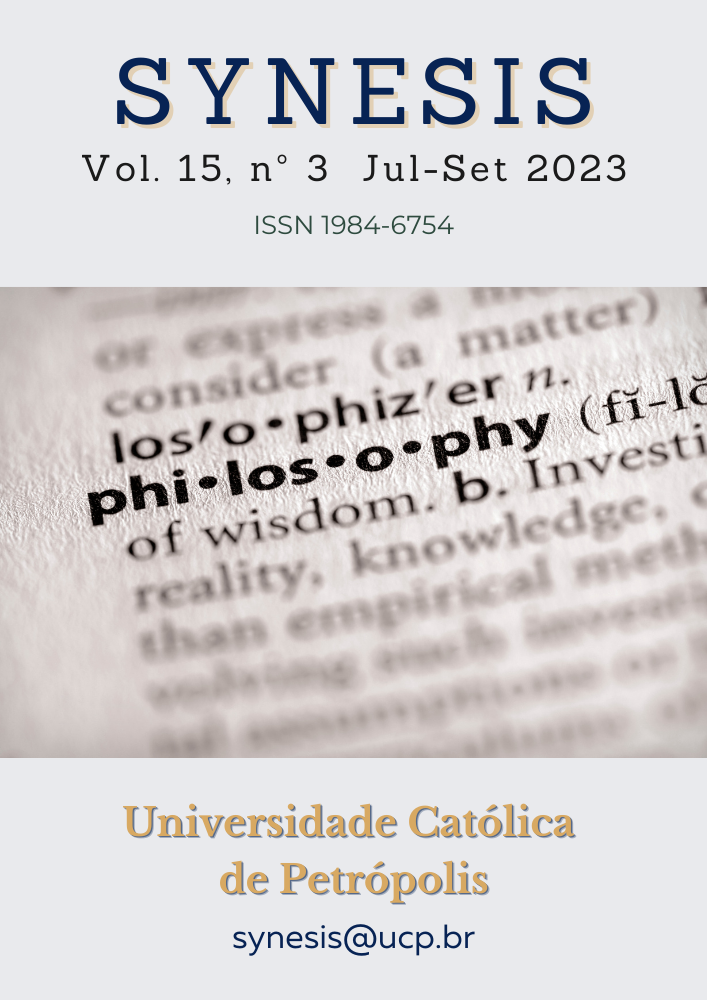Abstract
Symbolic language in Buddhist philosophy plays a very important role in the transmission and interpretation of Buddhist concepts. This is a simple system of symbols and symbols, focusing on symbols such as Buddha images, objects, and representations of Buddhism. Through symbolic language, users can convey subtle and complex meanings more intuitively and understandably. Buddhist symbolic language is used in religious ceremonies and rituals to convey to believers. One of the great advantages of symbolic language is that it can communicate and convey meaning comprehensively without the use of many words. Through the use of symbols, one can see the complex interplay between spiritual and material elements, thereby helping one to better understand Buddhist philosophy. In this article, we will focus on clarifying the point of view of icons; The symbolic language of Buddhism contains the view of the universe, the view of life, and education.
References
Blau, T., & Blau, M. (2003). Buddhist symbols. Sterling Publishing Company, Inc..
Cirlot, J. C. (2006). Dictionary of symbols. Routledge.
Culler, J. D. (1986). Ferdinand de Saussure. Cornell University Press.
Faure, B. (1998). The Buddhist icon and the modern gaze. Critical Inquiry, 24(3), 768-813.
Firth, R. (1955). Some principles of social organization. The Journal of the Royal Anthropological Institute of Great Britain and Ireland, 85(1/2), 1-18.
Fisher, R. E. (1993). Buddhist art and architecture.
Fromm, E. (2013). Psychoanalysis and religion. Open Road Media.
Gómez, L. O., & Kitagawa. (2002). Buddhism in India. The Religious Traditions of Asia: Religion, History and Culture, 41-96.
Heinlein, R. A. (2015). Blowups Happen. Wolfeyes Books.
Lachman, C., & Burch Brown, F. (2014). Buddhism—Image as Icon, Image as Art. In The Oxford Handbook of Religion and the Arts (p. 367). Oxford University Press.
Leach, E. (1989). Anthropological aspects of language: Animal categories and verbal abuse. Anthrozoös, 2(3), 151-165.
Lopez Jr, D. S. (2009). Buddhism and science: A guide for the perplexed. University of Chicago Press.
Marais, P., & Jordaan, F. (2000). Are we taking symbolic language for granted?. Journal of Chemical Education, 77(10), 1355.
McMahan, D. L. (2004). Modernity and the early discourse of scientific Buddhism. Journal of the American Academy of Religion, 72(4), 897-933. https://doi.org/10.1093/jaarel/lfh083
McMahan, D. L. (2008). The making of Buddhist modernism. Oxford University Press.
Qin, Z., & Song, Y. (2020). The sacred power of beauty: Examining the perceptual effect of buddhist symbols on happiness and life satisfaction in China. International Journal of Environmental Research and Public Health, 17(7), 2551.
Qin, Z., & Song, Y. (2022). Symbol matters: A sequential mediation model in examining the impact of product design with Buddhist symbols on charitable donation intentions. Religions, 13(2), 151.
Rahayu, M. (2020). Mythology of Career Woman in Hijab Film (Study of Roland Barthes Semiotic Analysis). American Journal of Humanities and Social Sciences Research (AJHSSR), 4(7), 80-86.
Sadakata, A. (1997). Buddhist cosmology: Philosophy and origins.
Saussure, F. M. (2011). Course in general linguistics. Columbia University Press.
Seager, R. H. (2006). Encountering the dharma: Daisaku Ikeda, Soka Gakkai, and the globalization of Buddhist humanism. Univ of California Press.
Sharf, R. H. (1996). The Scripture on the Production of Buddha Images. Religions of China in practice, 261-267.
Sharf, R. H., & Sharf, E. H. (2001). Living images: Japanese Buddhist icons in context. Stanford University Press.
Turner, V. (1974). Liminal to liminoid, in play, flow, and ritual: An essay in comparative symbology. Rice Institute Pamphlet-Rice University Studies, 60(3).

This work is licensed under a Creative Commons Attribution-NonCommercial-NoDerivatives 4.0 International License.
Copyright (c) 2023 Synesis (ISSN 1984-6754)
